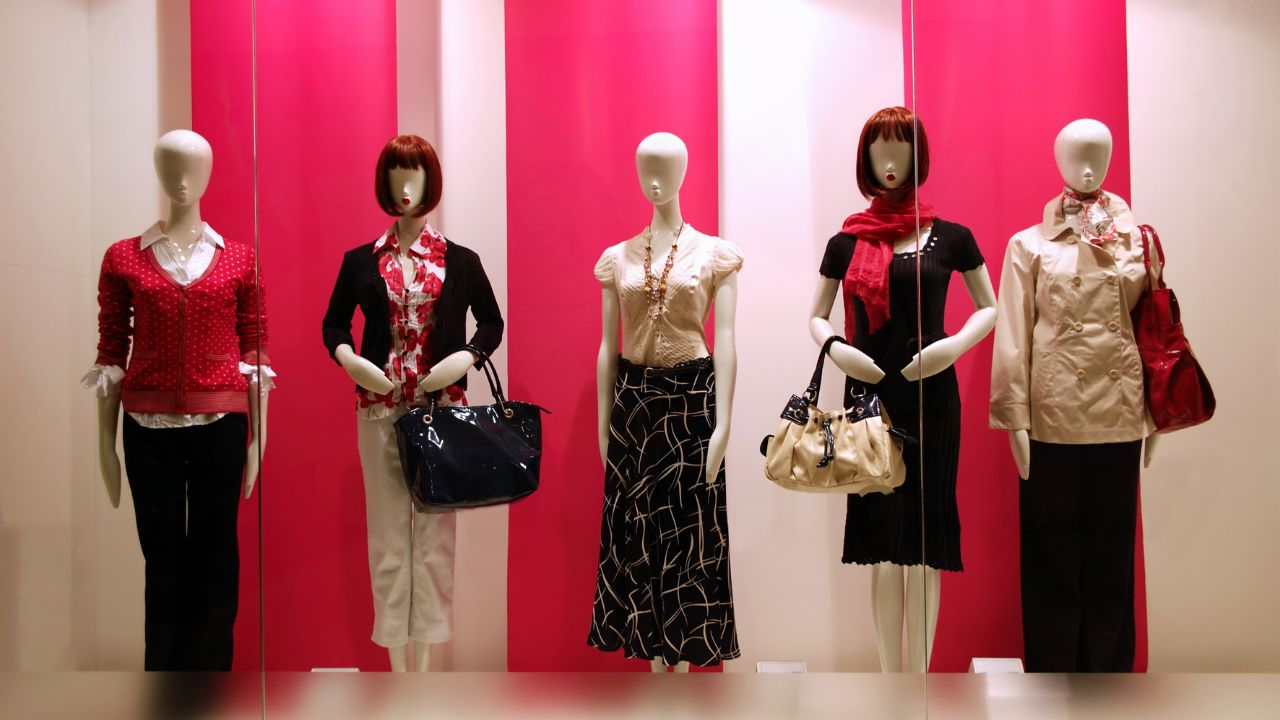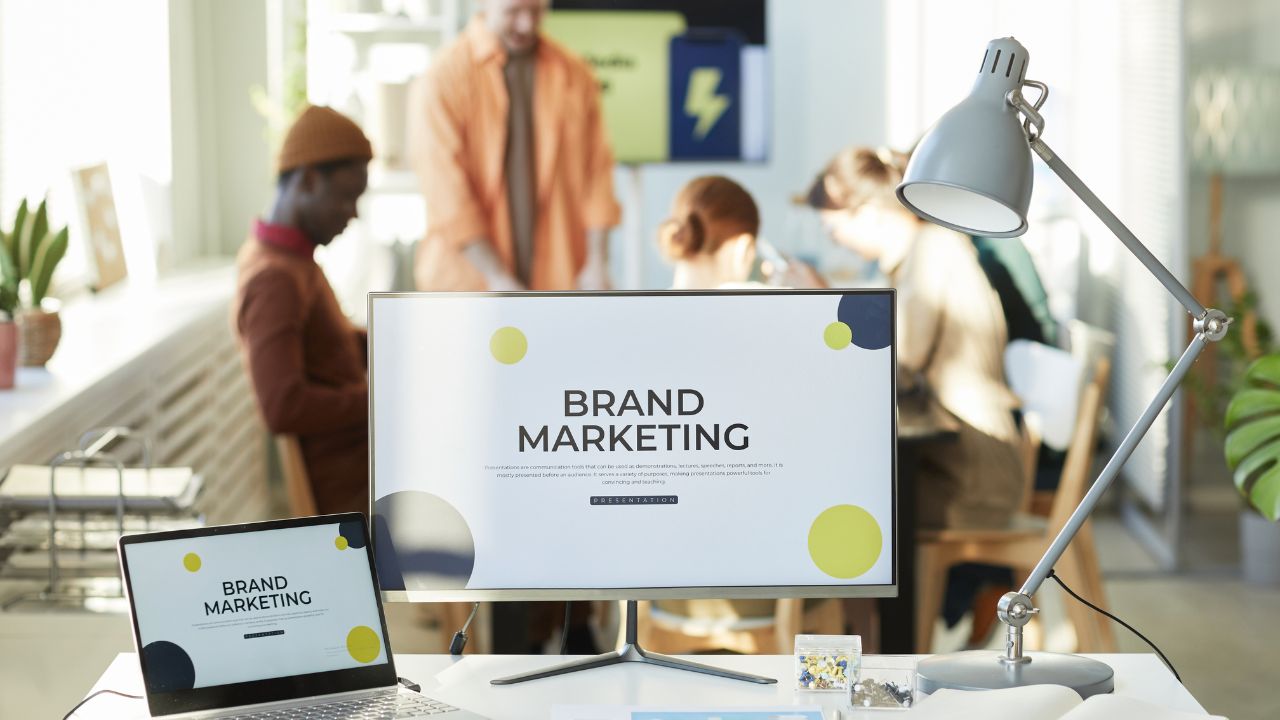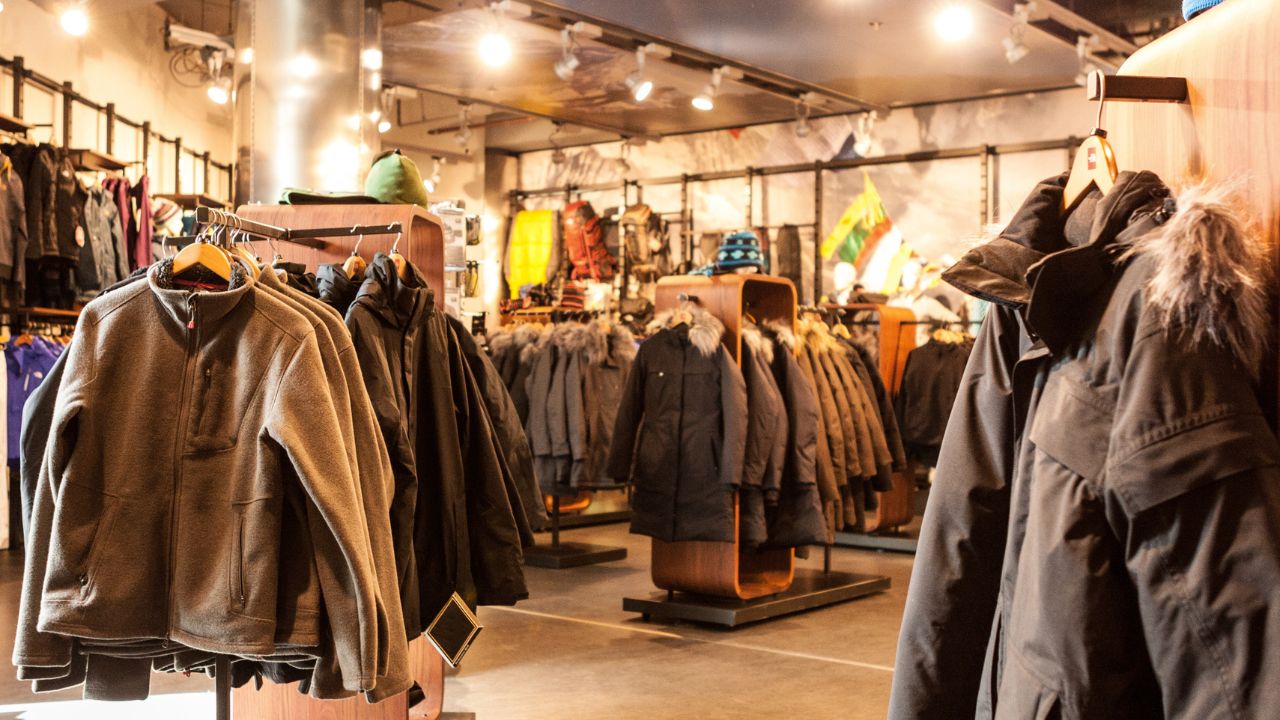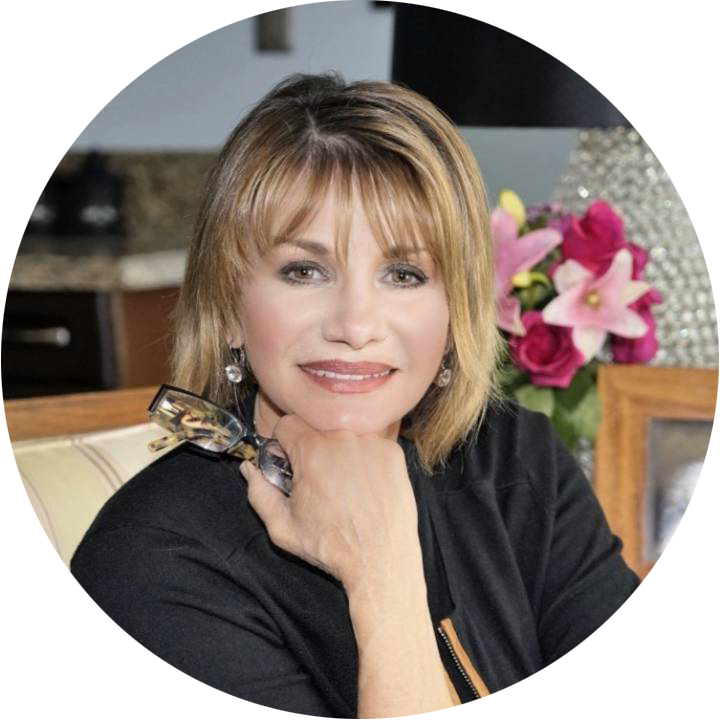The fashion industry is constantly evolving, driven by shifts in technology, consumer behavior, and global trends. For fashion marketing and merchandising professionals, it is important to keep up with changes. This helps them stay ahead in a fast-paced field.
As 2025 approaches, it’s time to look at the trends in fashion marketing and merchandising. You need to adapt to stay competitive.
This blog explores new visual merchandising techniques. It also looks at the psychology of today’s shoppers. These strategies and tools will help define success in 2025.
Whether you’re a seasoned marketer, a product developer, or someone considering a degree in fashion, these insights will set you up for a thriving career in fashion merchandising and fashion marketing.
The Rise of AI and Automation in Fashion Marketing
Artificial intelligence (AI) is more than just a buzzword in fashion. It is changing how brands do business and market themselves. Companies use AI tools to analyze trends, predict consumer preferences, and personalize shopping experiences.
For instance, AI-powered chatbots now provide real-time assistance to online shoppers, answering questions and offering style recommendations. Retailers are using AI to gain insights into consumer behavior. This helps them improve their visual merchandising strategies to better attract their audiences.
Brands that invest in AI technologies will have an advantage in the busy fashion marketing and merchandising world. Professionals with hands-on experience in applying these tools will be in high demand, offering lucrative career opportunities.
Sustainable Fashion is Here to Stay
Sustainability has moved from a niche concern to a core priority in the fashion industry. Consumers are increasingly demanding eco-friendly products, and brands are responding by adopting sustainable practices in their production, marketing, and merchandising.
Visual merchandising plays a key role in showcasing a brand’s commitment to sustainability. Window displays using recycled fabrics are becoming more common. Digital signs that show a brand’s eco-friendly features are also on the rise. This transparent approach resonates with eco-conscious customers, gaining their trust and loyalty.
To meet these demands, people in fashion marketing and merchandising need to understand sustainable practices. This knowledge can come from formal education or practical experience.
You can earn a degree in fashion sustainability. You can also gain experience by working in the field.
The Role of Personalization in Consumer Engagement
Gone are the days of one-size-fits-all marketing. Consumers today expect personalized experiences that cater to their tastes and preferences. Personalization in fashion marketing and merchandising means curating product selections, targeted campaigns, and store layouts tailored to specific customer segments.
For example, brands are using predictive analytics to recommend items based on past purchases or browsing history. Even physical stores are following this trend. They use visual merchandising techniques that show local styles and products. This helps match the culture and climate of the area.
If you want a career in fashion marketing and merchandising, you need to understand data. Being able to use this data creatively will help you find exciting job opportunities.
Phygital Experiences in the Fashion Industry
The blend of physical and digital experiences, known as “phygital” retail, is a major trend changing the fashion industry. Consumers no longer differentiate between shopping online or in a store; they expect seamless integration between the two.
This shift has profound implications for fashion marketing and merchandising strategies. Brands are using augmented reality (AR) to let customers “try on” clothes online. Smart mirrors in stores give quick feedback on fit and style. These innovations blend convenience with creativity, enhancing the overall shopping experience.
To thrive in this environment, professionals need hands-on experience in both traditional visual merchandising and cutting-edge technologies. The future belongs to those who can bridge the gap between the physical and digital worlds.
The Growing Importance of Storytelling
Storytelling has always been an essential part of fashion marketing. In 2025, this approach is more important than ever. Brands want to build stronger connections with their audiences.
Consumers like brands that tell a clear story. This could be about craftsmanship, sustainability, or cultural heritage. Visual merchandising often goes together with storytelling. It uses window displays, store layouts, and digital content to bring these stories to life.
A brand that sells artisan-made products might show off the skill behind each item. They could provide hands-on experiences for customers to learn how the products are made.
New marketers can create stories. They can also combine these stories into clear business and marketing plans. This can open up many job opportunities. These options include brand management and product development.
Flexible Fashion Career Paths
The field of fashion marketing and merchandising offers diverse career paths. If you want to be a product developer, visual merchandiser, or digital marketer, there are many opportunities available.
Many companies value a degree in fashion, coupled with practical, hands-on experiences. Employers are particularly keen on candidates who understand the interplay of business and marketing in the fashion industry.
In 2025, job opportunities will grow beyond traditional roles. New fields like sustainability consulting, AI integration, and phygital experience design will become more important. Aspiring professionals should focus on building a broad skill set to take advantage of these trends.
Data-Driven Decision Making
Analytics and data-driven strategies are at the heart of modern fashion marketing and merchandising. By analyzing shopping patterns and customer feedback, marketers can adapt their strategies to meet customer needs more effectively.
Data can show trends in how people shop. For example, there may be more interest in certain styles. There is also a growing demand for eco-friendly products. Marketers can then adjust their messaging, pricing, and merchandising to align with these insights.
As analytics become more important, knowing business and marketing concepts will help anyone in the fashion industry.
Collaboration Across Disciplines
The future of fashion marketing and merchandising lies in collaboration. Professionals must work closely with designers, product developers, retail managers, and even technologists to create compelling customer experiences.
A product developer might create a new line of sustainable clothing. Meanwhile, the marketing team will make a strong campaign to promote it. The visual merchandiser brings this vision to life in store displays. They make sure the brand experience is consistent everywhere.
Breaking down barriers and encouraging teamwork will lead to more creative and innovative solutions. This will help brands stand out in a competitive market.
Preparing for the Future
The trends mentioned above are just the beginning of what fashion marketing and merchandising will be like in 2025. To stay ahead, you need to be proactive. This can mean investing in education, like getting a degree in fashion. It can also mean gaining hands-on experience through internships and projects.
To secure your career in fashion, understand how consumer behavior is changing. Use sustainable practices. Adopt new technologies. This will also help shape the future of fashion.
Final Thoughts
In 2025, innovation, adaptability, and a customer-first mindset will define fashion marketing and merchandising. For professionals who want to succeed in this exciting field, it is important to stay updated on the latest trends. You should also keep building your skills.
Are you ready to take the next step in your fashion career? At Marketing Immersion, we provide modern courses and resources. These will help you succeed in fashion marketing and merchandising.
Whether you are starting or want to advance your career, our hands-on experiences and expert help will make you stand out. Visit our website today and transform your passion for fashion into a rewarding career!






